Raaga Based Song of the Day: Kaa karun sajni, aaye naa balam…
Raag Kirwani, Taal Kaherava
We have completed sixteen days of Raaga Based Songs of the Day. Our first post in the series was titled ‘Raaga Based Song Of The Day #1’ and the song was a Mohammad Rafi and Lata Mangeshkar song from the 1970 Shakti Samanta movie Pagla Kahin Ka: Tum mujhe youn bhula na paoge. It is in Raag Jhinjhoti, Tal Kaherava.
Our sixteenth post or the last post was titled ‘Raaga Based Song Of The Day #16’ and the song was a Kishore Kumar song from the 1970 Asit Sen movie Safar: Jeevan se bhari teri aankhen It is in Raag Malgunji, Tal Kaherava.
This blog has a number of posts on Raaga based songs in Hindi movies titled similarly; for example: ‘The Best Raaga Based Songs in Hindi Movies – Raaga Darbari Kanada – Part III’.
Every month, on my music and song group on Facebook: ‘Yaad Kiya Dil Ne’, I conduct a Fest on a theme. It lasts for two days. Participants can put up three songs per day on the theme. This month’s theme was Koi. I conduct and judge. And at the same time, after everyone puts up his/her posts, I put up my posts as a participant, but, out of contest.
My today’s Raaga Based Song is my second entry on the second day of June Fest. Here goes:
Keyword: In the first line of first stanza: Jab bhi koi aahat hoye manvaa mora bhaage
As soon as one hears the first line of first antara one is instantly reminded of one of the 1964 Chetan Anand movie Haqeeqat songs, songs immortalised by Kaifi Azmi, and Madan Mohan and Raj Dutta: Zara si aahat hoti hai to dil sochata hai, kahin yeh woh to nahin.
Just now Jaswant Singh Lagwal commented on my first post of the day and said that the emotions in the song (Jeevan se bhari teri aankhen) are the same as in my poem. The fact is that human emotions are limited after all and those who come before us have the first right to ascribe to themselves the exclusive right to pen about those emotions. Fortunately, there are so many variations to the emotions and their blending that we hardly have identical emotions unless one is plagiarising.
In this respect, my sister Manik Lakhkar Chava has made life easier for herself. Whenever she has to comment on a post that one may have taken hours to write, she makes a short shrift of it by saying, “Sumedha Nair has already said what was to be said about it”! She could have been an armed forces officer. Lets say (real incident) an armed forces officer returns from a three weeks jaunt abroad and you ask him how was it, he sums it up in one word: ‘nice’ (somewhat similar to another great sister author of Manik Lakhkar Chava saying ‘Marhaba’ and conveying all that was ‘required to be’ conveyed!) And if you look at bewilderment at this officer now, his look would convey to you that ‘nice’ is much better than ‘s–t’ that he uses for describing life! (In the same manner as Surekha Saini would tell you that ‘Marhaba’ is still better than the emojis that she otherwise uses to ‘fully describe’ her reactions to posts!)
अब ग़म न कर ऐ दिल, देख हम ना कहते थे,
रह गए वह ऊंह करके, सुन लिया जवाब उनका?
Anyway, look at the receiving end now. There are people like me who ain’t satisfied until we have filled volumes and received the same. And then there are these lovers whose ears listen to even minutest movements (aahat) that may be caused by the arrival of their beloveds who were otherwise to arrive hours (eternity) earlier.
Here are lovers in intezaar (waiting):
यह आधी रात को उनका पयाम आया है,
हम आज आ नहीं सकते अब और इंतज़ार न कर I
or
मेरी ना श्ह (dead body) के सहारे वह खड़े यूँ कह रहे हैं:
इसे नींद यूँ ना आती अगर इंतज़ार होता !
Intezaar of the beloved is actually a great theme with Urdu poets. Taste a few:
Daag Dehlawi:
ग़ज़ब किया तेरे वादे पे ऐतबार किया
तमाम रात क़यामत क इंतज़ार किया
Mirza Ghalib:
ये ना थी हमारी क़िस्मत के विसाल-ए-यार होता
अगर और जीते रहते, यही इंतज़ार होता
Majrooh Sultanpuri:
हम इंतज़ार करेंगे तेरा क़यामत तक
खुदा करे कि क़यामत हो, और तू आए
Sunbyanyname:
CHALO INTEZAAR KARTE HAIN
तू भी देखना एक ऐसा भी दिन आएगा,
आंसुओं से मेरे तेरा दिल पिघल जाएगा
मेरी ना श से तुझे कोई शिक्वा ना होगा
तेरे दिन तो क्या जहान संवर जाएगा
प्यार और इश्क़ मुझे करना ही ना था
घुट घुट रोज़ मुझे मरना ही ना था
अब सोचता हूँ क्यों चला गया वहां
तेरी राहों से मुझे गुज़रना ही ना था
सोचा था ज़िन्दगी का हमसफ़र मिला है
मेरी तनहा रातों का सहर मिला है
हम जिसे पीते रहे दवा जान के, ऐ दिल,
अब पता चला के ज़हर मिला है
खैर ग़म- ऐ-इश्क़ की कोई तो होगी मंज़िल
यह बेवफा निकली, यह हर वक़्त रही संगदिल
यह ज़िन्दगी तो रो रोके गुज़ार दी हमने
आने वाली ज़िन्दगी शायद ना हो मुश्किल
चलो इंतजार करते है! चलो इंतज़ार करते हैं!
ठोकर खा चुके हैं फिर भी प्यार करते हैं
तेरे वादे पे तो तमाम उम्र गुज़र गयी लेकिन
हम अब मौत की वफ़ा का ऐतबार करते हैं|
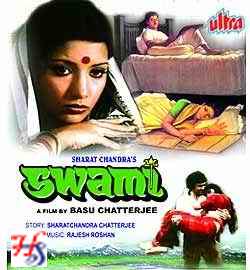
The 1977 Jaya Chakravarty (Hema Malini’s mother; Jaswant Singh Lagwal, Dharam paaji’s saas!) movie Swamy, from where I have taken this song, had Shabana Azmi, Vikram and Girish Karnad in the lead roles (Dharam paaji and Hema also acted in the movie).
The lyrics were by Amit Khanna who wrote such songs as Madhuban khushbu deta hai (1978 movie Sajan Bin Suhagan), Chalte chalte mere yeh geet yaad rakhna (1976 movie Chalte Chalte), and Aap kahen aur hum na aayen (Des Prades 1978).
Rajesh Roshan composed it in Raag Kirwani or Keerwani, Tal Kaherava.
Kirwani is an exception in the ten Thaats that Bhatkhande said most raagas fitted into. It is similar to Raag Pilu or Peelu. Let me see you guess the samay of the raag. If you paid attention to the couplets and songs above of Intezaar, then you would know that the time (samay) for Kirwani is Madhyaratri (midnight) when only lovers in intezaar are awake!
Before I give you the song, here is the value-added learning for today. Today, we learn the basics of Gharana.
We have often heard the word Gharana associated with Indian Classical Music and Dance. Some of us do understand that the word has come about from the word Ghar (House). What makes Ghar transform into a Gharana is when musicians and dancers associate with it through tradition and training. We are not going to be taking up Gharana associated with Dance. It is easy to imagine that established Gharana would have a music tradition or ideology.
Gharanas also indicate from where a particular tradition or ideology originated.
Lets take a few:
- Dhrupad Gharanas. Bettiah, Bishnupur, Dagravani, Darbanga.
- Khayal Gharanas. Agra, Bhendi Bazaar, Delhi, Gwalior, Indore, Jaipur Atrauli, Jodhpur Mewati, Kirana, Patiala, Rampur Sahaswan, Sham Chaurasia.
- Thumri Gharanas. Benaras, Patiala.
- Tabla Gharanas. Ajrara, Benares, Farukhabaad, Lucknow, Punjab.
- Sitar Gharanas. Bishnapur, Imbadkhani, Indore, Jaipur, Maihar.
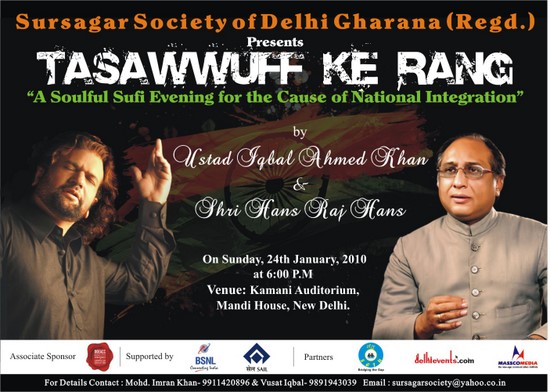
Please enjoy in Raag Kirwani, Tal Kaherava, a composition of Rajesh Roshan on the lyrics of Amit Khanna, a song sung by Yesudas: Ka karun sajani, aaye na baalam….
kaa karuu.N sajanii, aae na baalam
khoj rahii hai.n piyaa paradesii a.Nkhiyaa.N – 2
aae na baalam
jab bhii koii, aahaT hoe, manavaa moraa bhaage
dekho kahii.n, TuuTe nahii.n, prem ke ye dhaage
ye matavaarii priit hamaarii
chhupe na chhupaae – (2)
saavan ho tum mai.n huu.N torii badariyaa
aaye na baalam, kaa karuu.N…
bhor bha_ii aur, saa.Njh Dhalii re, samay ne lii a.nga.Daaii
ye jag saaraa, nii.nd se haaraa, mohe nii.nd na aaii
mai.n ghabaraauu.N, Dar Dar jaauu.N
aae vo na aae – (2)
raadhaa bulaae kahaa.N khoe ho kanhaiyyaa
aae na baalam, kaa karuu.N…
We have intended to learn about Raaga based music whilst we entertain ourselves with Raaga based songs. So, lets, once again, take stock of our collective learning so far:
- On the first day we learnt about the Raaga system devised by Pandit Vishnu Narayan Bhatkhande, which is the prevalent system in Hindustani Classical Music and based on ten Thaats.
- On the second day we learnt about Tal or Taal.
- On the third day we learnt about characteristics of Raagas that included Swar, Jati, Thaat, Arohana and Avarohana, Vadi, Samvadi and Pakad.
- On the fourth day, we learnt about Sargam.
- On the fifth day, we learnt about notations used in Indian classical music or simply Swar Lipi.
- On the sixth day, we learnt about the Ras (sentiments) that Raagas evoke.
- On the seventh day, we learnt about various types of Swar: Shuddha, Achal, Vikrut, Komal and Teevra.
- On the eighth day, we learnt the parts of a composition in Indian Classical Music.
- On the ninth day, we learnt the names of some of the popular instruments used in Indian Classical Music.
- On the tenth day, we learnt about the sources of names of Raagas.
- On the eleventh day, we learnt about why Bhairavi is the first raag to be taught to beginners and also why it is the last in a performance.
- On the twelfth day, we learnt about Khammaj Thaat.
- On the thirteenth day, we learnt about Tal Punjabi Theka or Sitarkhani.
- On the fourteenth day, we learnt about Alap.
- On the fifteenth day, we learnt about List of Raagas (Raagmala) in my favourite book: Sri Guru Granth Sahib.
- On the sixteenth day, we learnt about tips for raaga identification.
- And today, on the seventeenth day, we learnt the basics of Gharana system.
There is much more still to be learnt and enjoyed.
Please stay tuned!
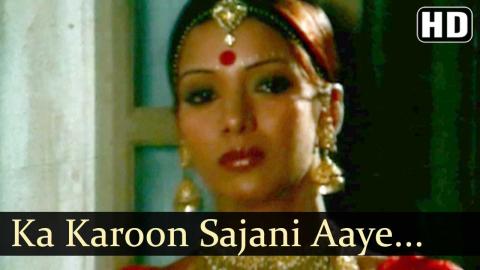
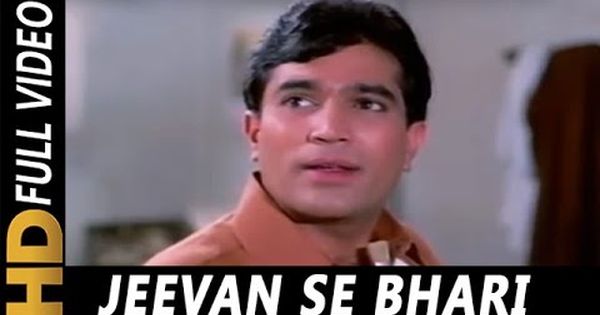
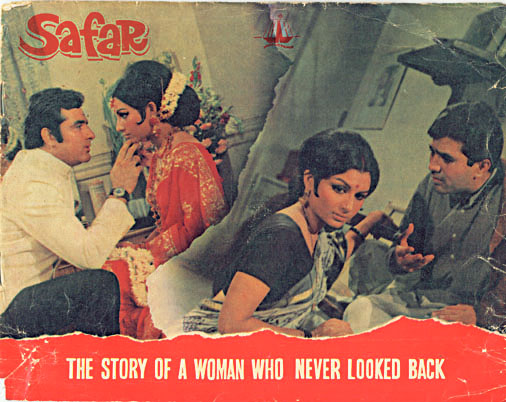
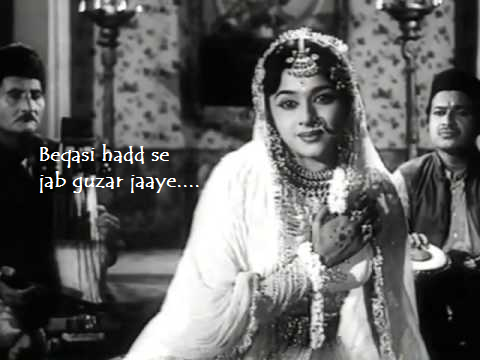
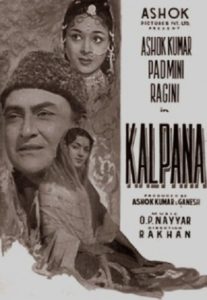
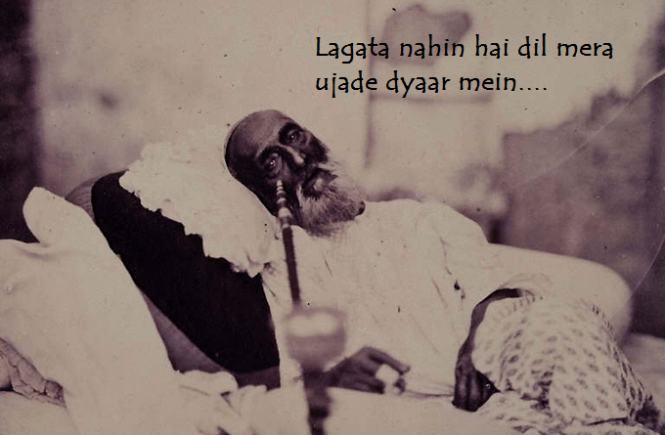
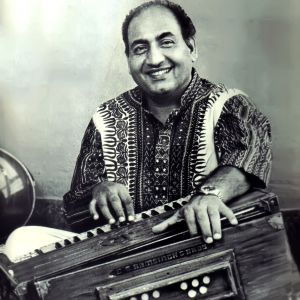
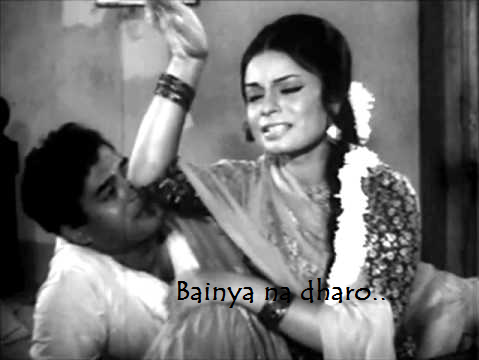
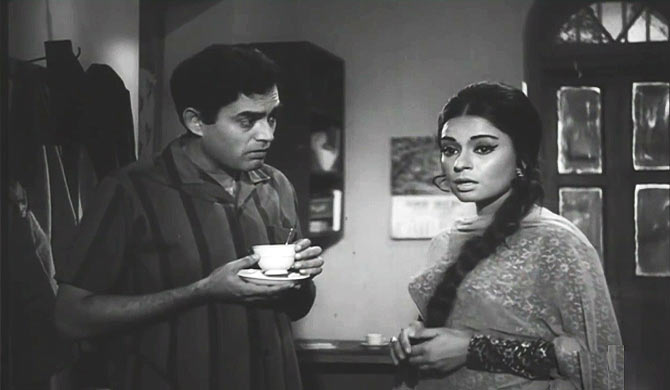
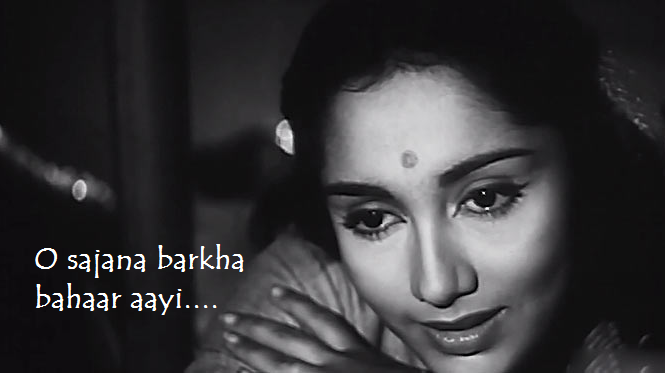
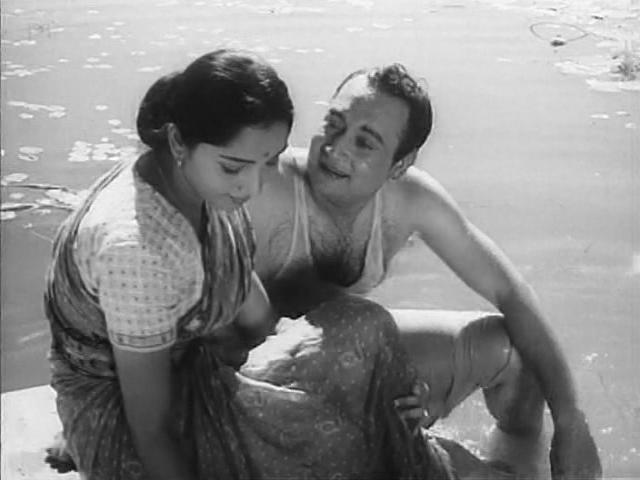
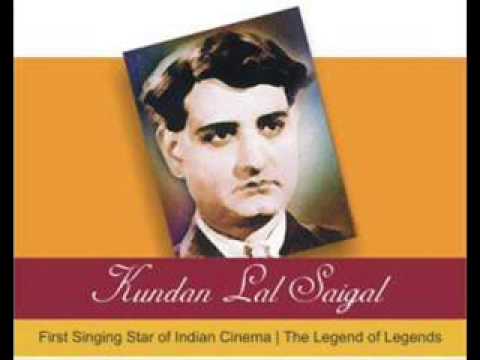
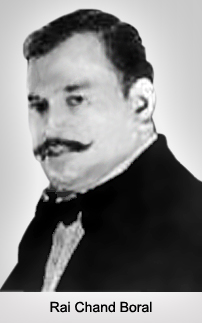
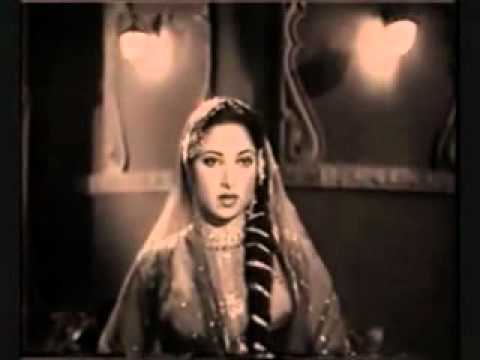
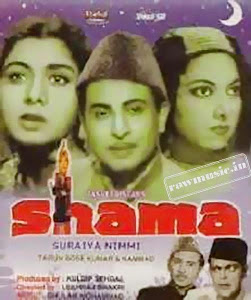 Today I am giving you a composition of
Today I am giving you a composition of 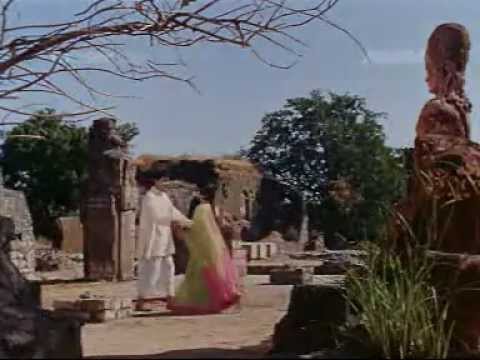
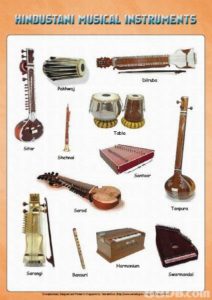
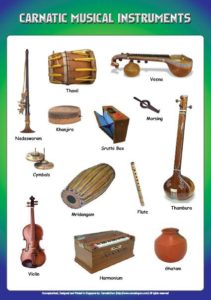
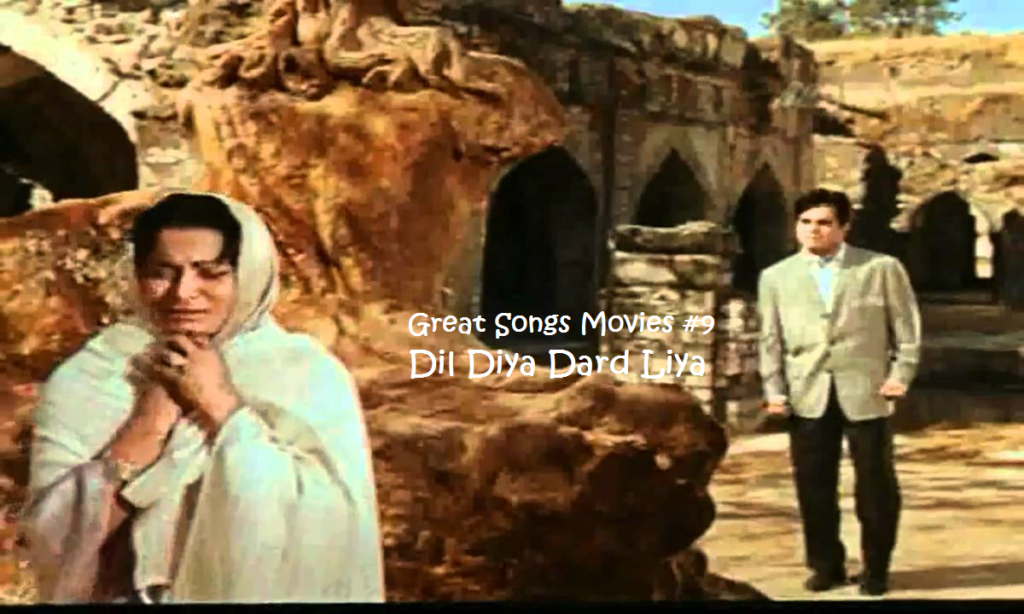
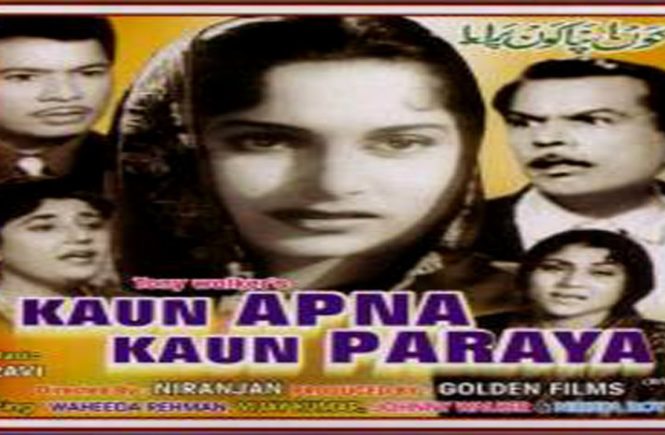
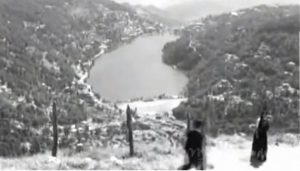
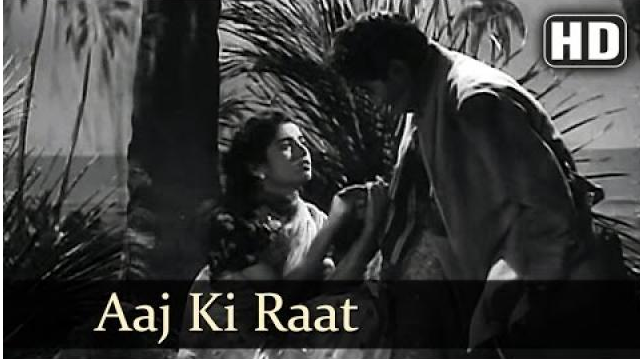
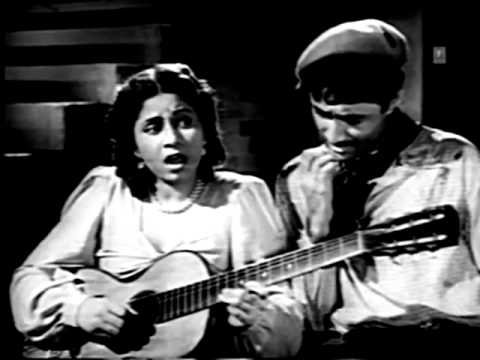
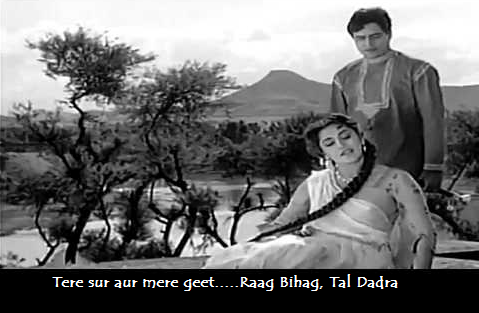
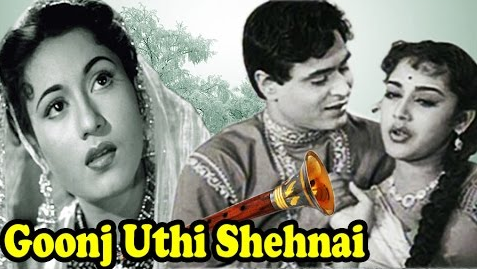
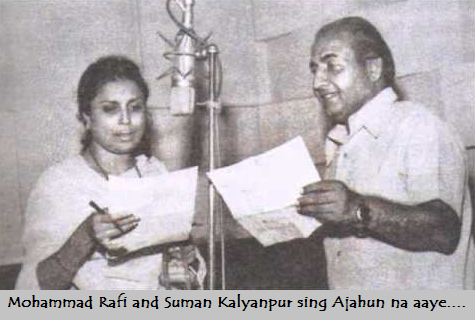
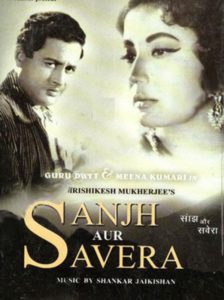 The song is from
The song is from 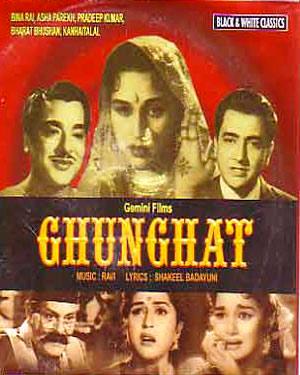
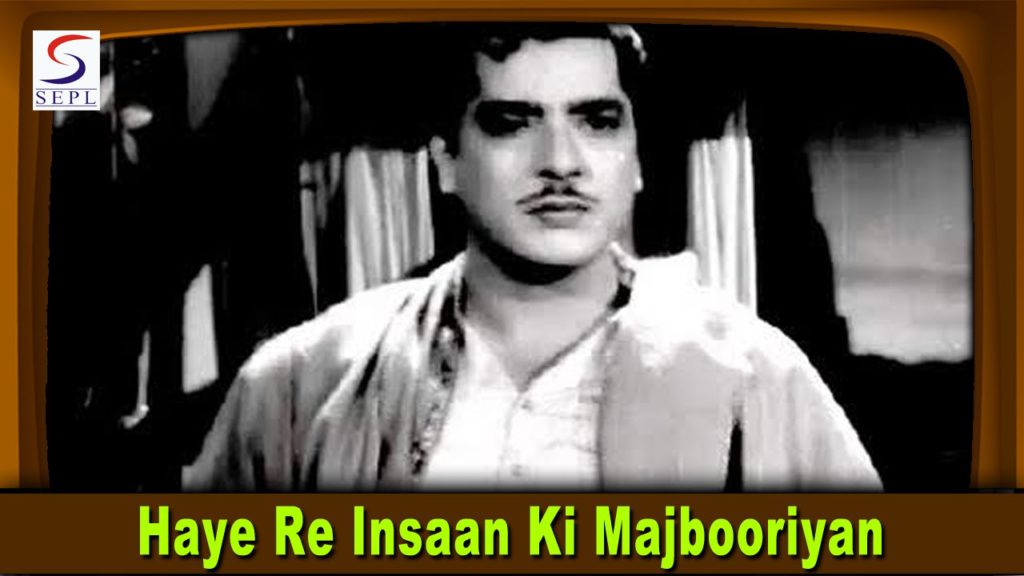
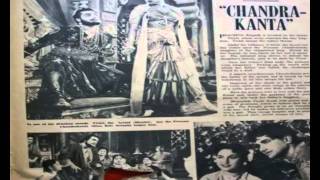
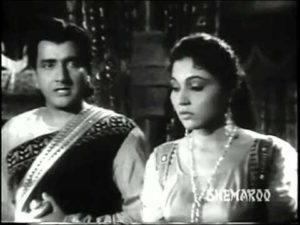 Today’s song is from
Today’s song is from